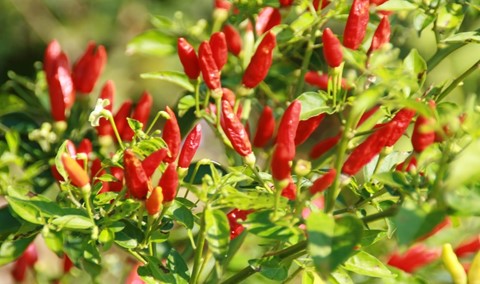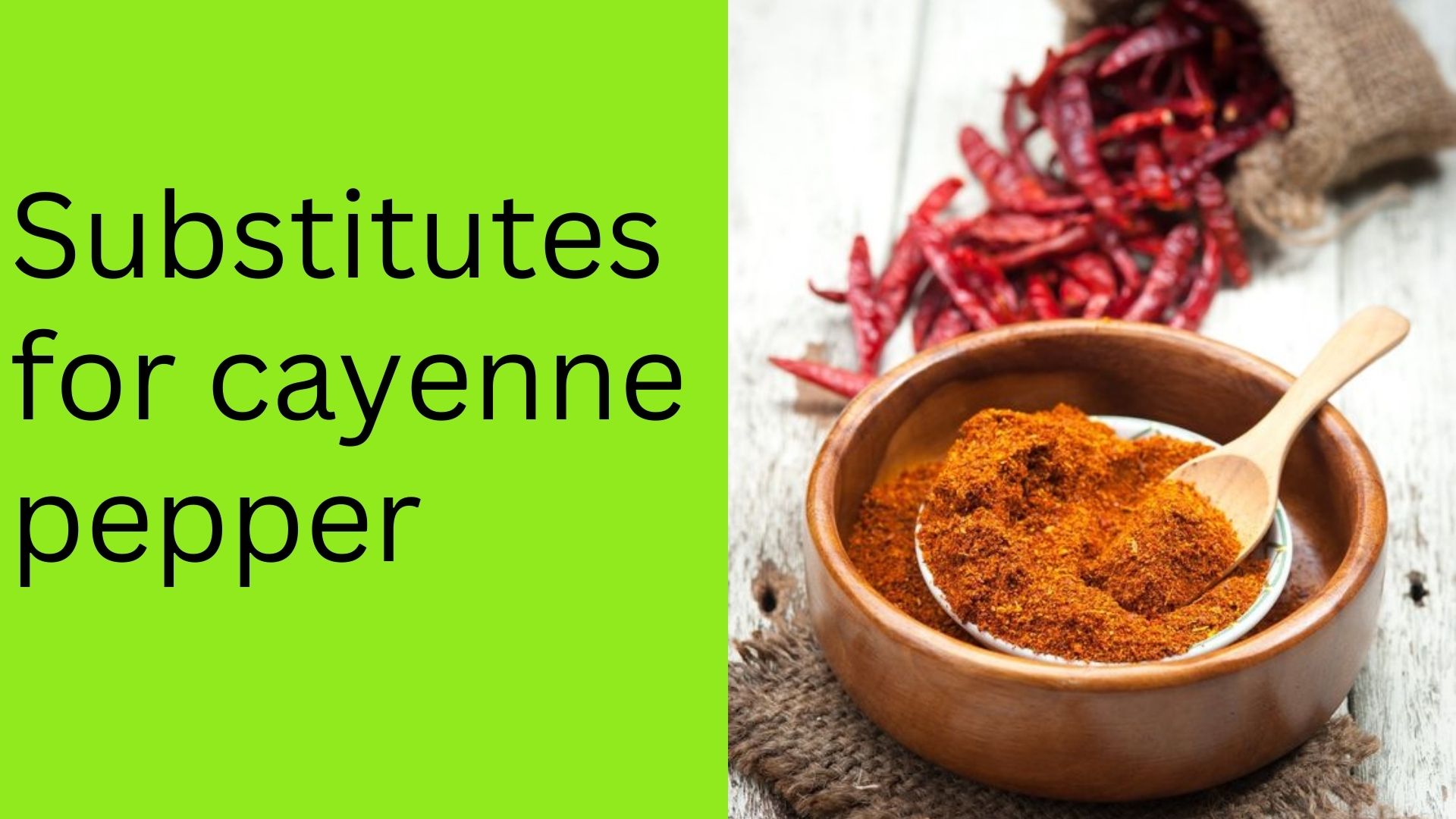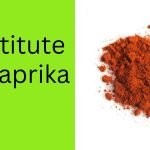Cayenne pepper is a chili pepper that is well related to jalapenos and bell pepper. Before spreading to the European region, it was originally produced in South and Central America. Besides being used as a spice for many dishes, cayenne peppers are used for medicinal purposes for a long time. The capsaicin compound gives it a hot taste and medicinal properties as they contain antioxidants important for the user’s health. They contain different ingredients: fiber, protein, Vitamins, manganese, and potassium. The health benefits of using cayenne peppers include; healthy digestion, boosted metabolism, reduced hunger, lowered blood pressure, and reduced cancer risks. They can be used for foods like eggs, marinades, and fries. When sliced, they can be added to salads.
1. Thai peppers

They are commonly known as the bird’s eye and can also be referred to as Congo chilies, African devil, or Thai dragon peppers. The names depend on the regions, although its place of origin is Thailand. They are easy to grow, and the plants are quite productive. They appear in different colors depending on the maturity level. Thus they are usable at any stage depending on one’s preference like Green, purple, or orange and red when mature. They are used while sliced, whole, diced, chopped, or seeded, which depends on the use.
The heat of Thai peppers is much higher than that of cayenne peppers, which in Scoville heat units is ranging between 50,000 to 100,000. They have a fruity, spicy flavor. The peppers are used for various dishes, including vegetables, chicken soup, fish, and can be added to salads, sauces, curries, and marinades. They are common in Malaysia, Indonesia, Vietnam, and Thailand for cuisines. Just like the cayenne peppers, Thai peppers have health benefits. They are rich in antioxidant ingredients and serve as a source of Vitamins A, B-6, and C. Also, they contain copper, potassium, capsaicin, which have many health benefits and fiber. They help boost the immune system, proper digestion, enhancing proper vision, and higher collagen production.
Summary
Compared to the Cayenne peppers, Thai peppers produce more heat than that of cayenne. They are both used for the same dishes and are added to salads; the ways in which they can be used also is almost the same (whole, sliced). The health benefits rhyme considering the capsaicin compound they contain.
2. Tabasco peppers

Tabasco peppers have their origin in Mexico and are best known for being used for Tabasco sauce and peppered vinegar. They are red in color when well ripened with the Scoville heat units ranging from 30,000-50,000. Before ripening, they appear green, which transforms into creamy yellow, then orange, and lastly bright red. One can pick them while green though they are preferred when well ripened as they tend to be fruitier/ juicier and sweeter. They are mostly used in making the tabasco sauce, fresh salsa, and when dried, they can be used to make spicy chili powder—putting its overall spiciness into consideration, it’s more like the cayenne pepper but hotter than a jalapeno. Quite a good number of chilies are usually dry inside containing a white membrane that holds the seeds while tabasco peppers contain juice from the inside. The juicy nature makes it very tasty and hot, apart from Mexican dishes, it’s used when preparing eggs, salsas, and meat.
Tabasco sauce does not contain fats and calories. It lacks some nutrients like fiber, protein, calcium, iron, or Vitamin C, but on the other hand, it can be considered in diets as it does not contain fat. The health benefits include healthy digestion, aiding in weight loss, reduces the risks of getting cancer, relieving joint pains, and reducing psoriasis.
Summary
Both cayenne pepper and tabasco pepper are medium-hot. However, the juicy nature of the latter sets it apart, even though both can be used for the same dishes. The ingredients or rather compounds contained vary as tabasco lacks fiber, proteins, and calcium present in cayenne pepper.
3. Jalapeno pepper

It Originated from Mexico. They maintain a moderate level of heat with a range of 2,500- 8,000 Scoville heat units. Fresh peppers can be diced, chopped, or sliced depending on their purpose. When smoked after drying, they are known as chipotles, and if grounded, they are used as a spice. They are used for salsas, sauces, soup, and various dishes. They contain fiber, iron, manganese, potassium, copper, magnesium, and Vitamins. They contain capsaicin, which aids in digestion, pain-relieving, reducing hunger, boosting metabolism, and managing blood pressure levels.
Summary
Unlike cayenne pepper, jalapeno pepper has lesser levels of heat. Both can be used in different forms for common dishes and have common health benefits. Jalapeno peppers, however, can be smoked while cayenne pepper cannot.
4. Paprika

This is a powdered spice from dried and ground varieties certain pepper. It is indifferent colors like orange, yellow, and red. It’s available in various varieties, with the hottest being the Spanish and Hungarian. It’s mainly used in preparing stews and rice. It is rich in minerals, vitamins, and antioxidants, which have the following health benefits; reduce inflammation, risks of getting cancer and heart disease, are lowered, promote cholesterol levels, overall blood health, and lowering insulin levels.
Summary
Unlike cayenne pepper, paprika is available in different varieties that have different heat levels. They have rhyming health benefits, and the dishes they can be added to are similar.
5. Red pepper flakes

Peppers from the capsicum annum family are mixed to make red pepper flakes. The mostly used pepper in making this is cayenne pepper. They are different from chile flakes, which contain a uniform color unlike that of red pepper flakes, which will have lighter- colored seeds. They are ideal when used in preparing sandwiches, sausage, soup, vegetables, pizza, chowders, and spaghetti sauce. They can be combined with lime juice, coconut milk, and lemon juice. Their health benefits include metabolism boost, reduced cancer risks, a strong immune system, and digestion.
Summary
Red pepper flakes are more like cayenne pepper as the latter is commonly crushed to make the former. The ingredients contained are the same, thus have similar health benefits.
Facts Summary Table
| Substitute | Flavor Profile | Texture | Best Used In | Source |
|---|---|---|---|---|
| Thai Peppers | Very spicy, fruity | Small, thin-skinned | Thai dishes, curries | Various Capsicum annuum varieties |
| Tabasco Peppers | Hot, tangy, slightly fruity | Small, thin-skinned | Hot sauces, marinades | Specific Capsicum frutescens variety |
| Jalapeno Pepper | Moderate heat, slightly sweet | Medium-sized, crisp | Salsas, nachos, stuffing | Green, red, or ripe Capsicum annuum |
| Paprika | Smoky, slightly sweet | Ground powder | Seasoning, garnishes, stews | Ground dried Capsicum annuum |
| Red Pepper Flakes | Spicy, slightly smoky | Small flakes | Pizzas, pasta, sauces | Dried and crushed red peppers |
FAQs
Can I substitute chili powder for cayenne pepper?
Yes, you can substitute chili powder for cayenne pepper, but remember that chili powder might also contain other spices like cumin and garlic, which can affect the dish’s overall flavor.
Can I use pepper instead of cayenne pepper?
Using black or white pepper as a substitute for cayenne pepper might not provide the same heat level, and the flavor profile is also different. Cayenne pepper is much spicier.
What spices are similar to cayenne pepper?
Spices similar to cayenne pepper in heat include crushed red pepper flakes, paprika (particularly the hot variety), and even hot sauce. These can add spiciness to dishes.
Is turmeric the same as cayenne?
No, turmeric is not the same as cayenne. Turmeric is a bright yellow spice with a warm and earthy flavor, commonly used in curry dishes. Cayenne is a red chili pepper that adds heat to dishes without contributing to the yellow color or specific taste of turmeric.




